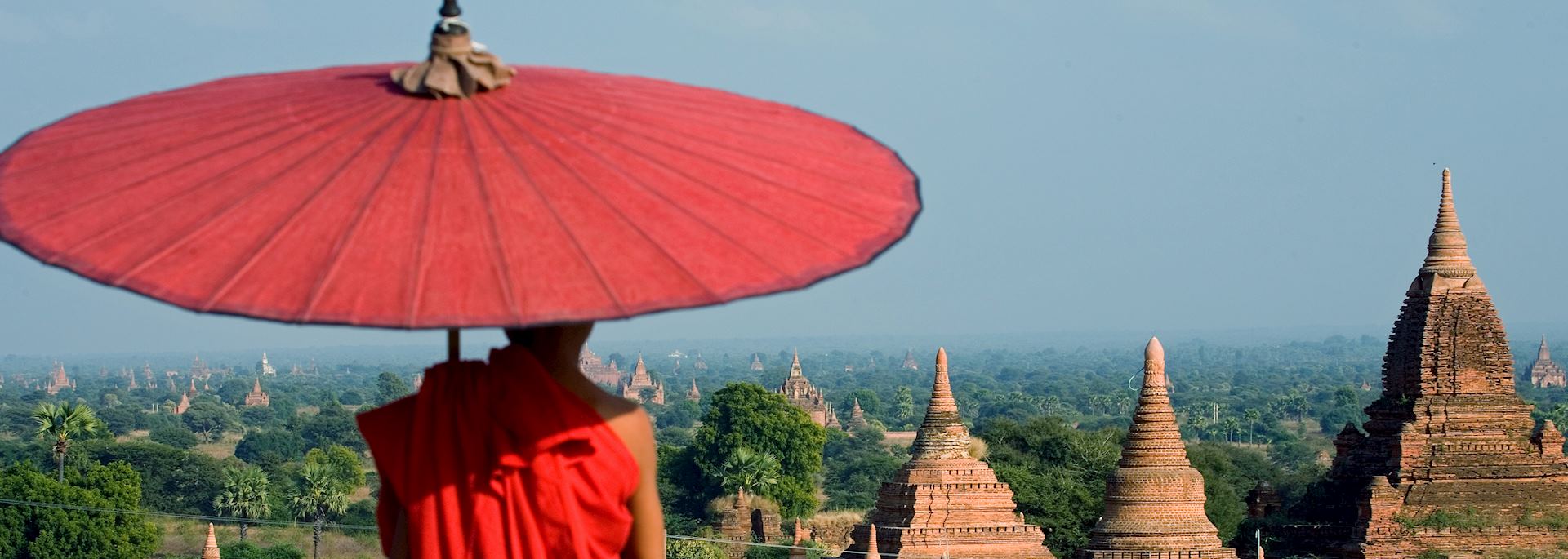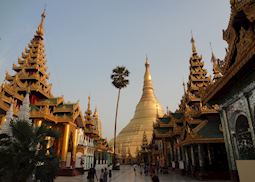
Phaung Daw Oo Pagoda Festival
Phaung Daw Oo Pagoda Festival
Set in and around the stilted villages of Inle Lake the Phaung Daw Oo Pagoda Festival is one of the largest Buddhist festivals in Myanmar.

Subject to a long period of isolation, Myanmar has remained relatively untouched by the outside world. Consequently, its temple-strewn landscapes and royal palaces survive refreshingly unspoiled. As the country has opened up, our specialists have explored Myanmar’s well-known cities and its little visited villages and countryside. Taking this first-hand knowledge, we can create a tailor-made Myanmar vacation, shaped around your preferences.
Natural attractions stretch from the highlands in the north to the pristine Myeik Archipelago in the south, and the sinuous Ayeyarwady River provides a cruising route between Mandalay and the Temples of Bagan and into more remote regions. Almost every skyline is punctuated with a temple stupa: Bagan boasts a collection of over 3,000. City streets are lined with remnants of colonial rule while mountain-top villages maintain tribal traditions. Probably the country’s greatest asset are its people, whose infectious spirit and genuine smiles are hard to beat.
Whatever your interests, our specialists will build activities into your trip that connect to how you want to experience Myanmar.
Phaung Daw Oo Pagoda Festival
Set in and around the stilted villages of Inle Lake the Phaung Daw Oo Pagoda Festival is one of the largest Buddhist festivals in Myanmar.
Shwedagon sunset & a local beer
At around 4pm in the afternoon you'll be met by your driver and guide for a visit to the famous Shwedagon Pagoda. Visiting at this time affords a wonderful opportunity for people to watch as the city's residents come to pay their respects after finishing work or school.
Walking tour of Yangon
This morning you'll enjoy a flexible tour of Yangon with your driver and guide. The highlight of your tour will most certainly be a visit to the Shwedagon Pagoda, the jewel in the city's crown.
Our specialists advise on the best months to visit Myanmar, including information about climate, events and festivals.
Practical tips for traveling to Myanmar, from social protocols to guidance on money matters, with a link to the latest US State Department travel advice.

